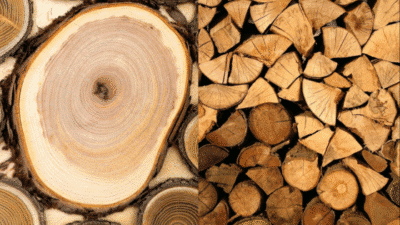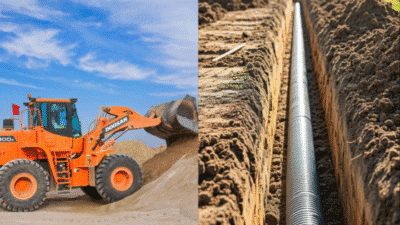
If you’ve noticed rising utility bills or trouble maintaining a consistent indoor temperature, your attic insulation might be the culprit. Many homeowners underestimate the impact of proper attic insulation on energy consumption. However, this unsung hero is crucial in reducing energy costs and improving home comfort.
Investing in effective insulation and understanding how it works could significantly lower your expenses while enhancing the quality of your indoor environment.
If your energy bills are climbing or your home’s temperature feels inconsistent, consider upgrading your attic insulation. Visit https://americanhomewater.com/attic-insulation-solutions/ to explore professional options that deliver lasting benefits for your home and wallet.
Why attic insulation matters
Understanding heat transfer
Your attic plays a key role in retaining or losing heat in your home. During the winter, warm air from your heating system tends to rise and can escape through poorly insulated areas in the attic. Similarly, intense summer heat can penetrate your home without proper insulation, forcing your air conditioning system to work overtime.
Proper attic insulation acts as a barrier, slowing heat transfer and allowing your HVAC system to maintain a consistent indoor temperature without working too hard. This helps minimize energy consumption and contributes to lower utility bills.
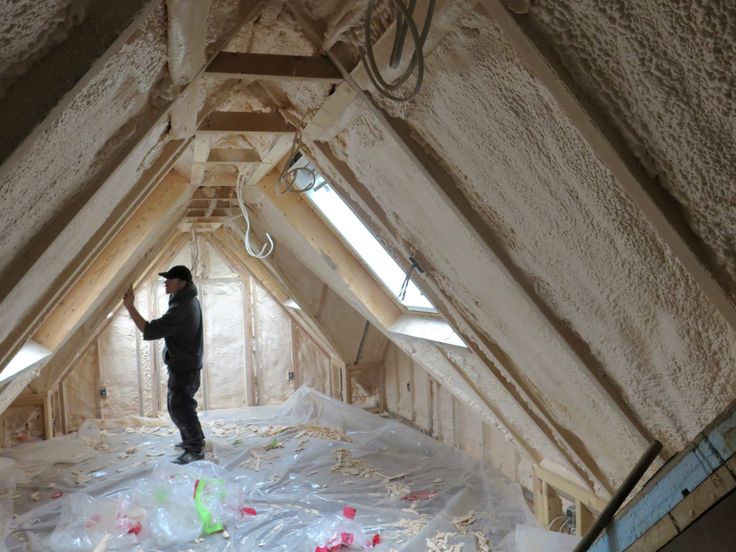
The R-value explained
Insulation performance is measured by its R-value, indicating the material’s heat flow resistance. Higher R-values mean better insulation capabilities. The recommended R-value for attic insulation may vary depending on your location and climate. For example, warmer climates like Phoenix often require insulation with an R-value of R38 to R60 to ensure optimal energy efficiency.
Key benefits of attic insulation
Lower energy bills
A significant benefit of attic insulation is reduced energy consumption. Your HVAC system won’t need to work as hard to regulate indoor temperatures, saving you money on heating and cooling costs. Many homeowners notice immediate savings in their utility bills after upgrading their insulation.
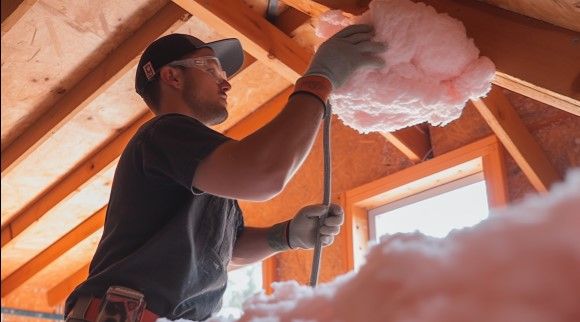
Improved indoor comfort
Attic insulation helps create a more stable and comfortable living environment by preventing cold drafts in winter and excessive heat in summer. This consistency enhances comfort and reduces wear and tear on your heating and cooling systems.
Be more eco-friendly
Lowering your energy consumption contributes to a healthier environment. Using less energy reduces your home’s carbon footprint, contributing to a more sustainable future.
Types of attic insulation
Spray foam insulation
Spray foam insulation is widely recognized as one of the best choices for airtight sealing. This material expands to seal gaps and cracks, creating a comprehensive barrier against air leakage and heat transfer. While it might be more expensive upfront, the long-term energy savings often outweigh the cost.
Blown-in insulation
Blown-in insulation is a cost-effective and versatile solution, perfect for filling hard-to-reach areas or uneven spaces in your attic. Made from materials like fiberglass or cellulose, blown-in insulation provides consistent coverage, reducing heat transfer effectively.
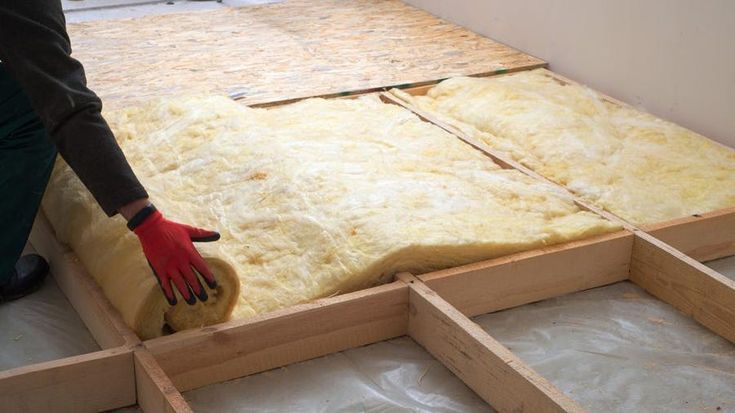
Batt or roll insulation
Batt insulation, typically made of fiberglass, is an affordable and straightforward option for many homeowners. It comes in pre-cut sheets, making it relatively easy to install. While cost-effective, it may leave gaps if not installed carefully, so professional installation is recommended.
Air sealing as a complement
Air sealing often goes hand-in-hand with attic insulation. It addresses gaps around plumbing, electrical outlets, and attic access points, preventing air leaks. Combining air sealing with proper insulation significantly enhances your home’s energy efficiency.
How to know if your attic needs better insulation
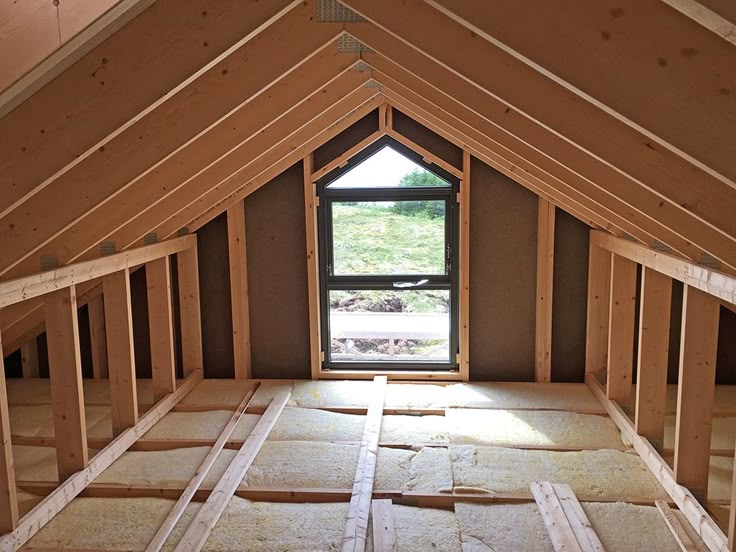
Signs of poor insulation
Not sure if your attic insulation is up to the mark? Look out for these warning signs:
- High energy bills: Noticeable increases in heating and cooling costs suggest your attic might let heat escape or enter too easily.
- Temperature fluctuations: Uneven room temperatures, drafts, or difficulty cooling or heating specific areas of your home are telltale signs.
- Old or deteriorated insulation: If your insulation is over 15 years old, it may no longer be effective due to settling, damage, or wear.
- Moisture and mold: The presence of moisture or mold in the attic often indicates insulation issues and can affect your home’s air quality.
Professional evaluation
If you’re unsure about the state of your attic insulation, reaching out to a professional service can help. Experts can evaluate the condition of your current insulation, measure its R-value, and recommend the best solutions to address your home’s specific needs.
The process of upgrading attic insulation
Professional removal of old insulation
Old or damaged insulation needs to be removed to make way for new materials. This process often includes attic cleaning and decontamination, eliminating dust, pests, and mold for a healthier home.
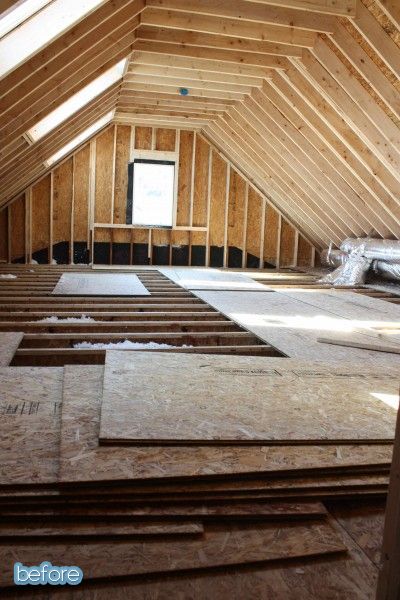

Installing high-quality materials
Professionals then install new insulation, often combining different types like blown-in or spray foam to achieve optimal coverage and energy efficiency. Proper installation ensures that no gaps or weak spots can compromise performance.
Conducting final checks
The final step involves assessing the newly installed insulation and air sealing to confirm everything is optimized for peak performance. At this point, experts measure the improved R-value and help homeowners understand how to maintain their insulation over time.
Conclusion
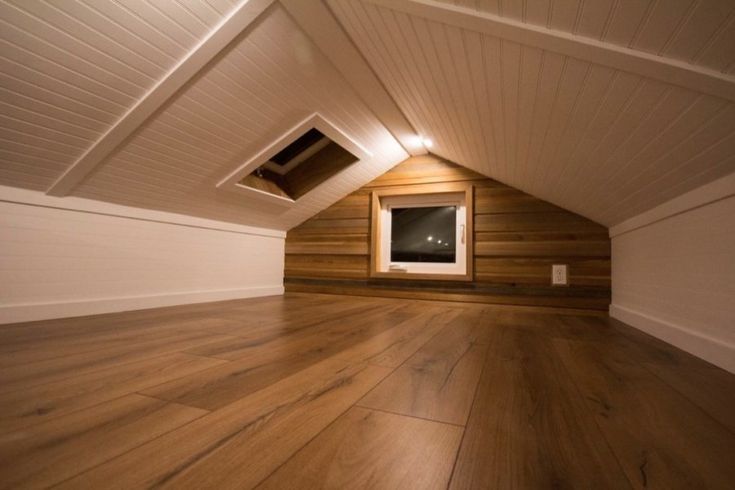
Attic insulation is more than a comfort feature; it’s an investment in your home’s energy efficiency and long-term savings. Proper insulation can significantly lower your utility bills by minimizing heat transfer and reducing the strain on your HVAC system.
- 0shares
- Facebook0
- Pinterest0
- Twitter0


